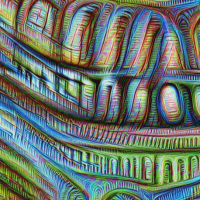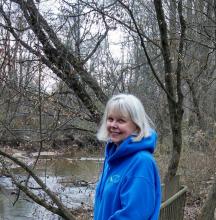DeepDreams Are Made of This: Machine Learning and Art

Sweet dreams are made of this, Who am I to disagree? Wonder what Annie Lennox thinks about the surreal neural net dream images made by artificial intelligence and artificial neural networks.
Last year, researchers at Google published a story about the company’s artificial intelligence studies for image classification and speech recognition that employed artificial neural networks. As the ANNs learn to distinguish and classify objects, a byproduct of the research is artistic imagery that Google originally called “inceptionism.” The resulting graphics are hailed as beautiful and dreamlike or nightmare hallucinations, depending on your point of view (and what you’re looking at).
In response to widespread inquiries about how the visualizations were made, Google released the source code, dubbed DeepDream, in an IPython notebook. Everyone, especially programmers and artists, was invited to upload their own images and experiment, tagging the graphics they created as #deepdream on social media. The posted images ranged from lots of Grateful Dead pix, psychedelic selfies and painters gloves to turning “sweet travel memories into nightmares.” For scrapbooking aficionados, DeepDreaming can add an extraordinary digital dimension. You can even find DeepDream images for sale on Etsy.
Now, bringing the worlds of art and technology even closer, the first DeepDream art exhibit was held in February 2016 at the San Francisco-based new media arts organization and exhibition venue, Gray Area Foundation for the Arts. The DeepDream: The Art of Neural Networks is a gallery show of artworks made using artificial neural networks. The exhibit website explains:
“The complexity of the interpretation that the neural network obtains varies where in the network this interpretation is intercepted. Neurons that are closer to the input image will respond to simple features while neurons deep in the network will respond to more complex ones. Thus depending on the depth of the neural network layer that’s targeted, different forms and features are obtained often leading to interesting new recombinations of knowledge elements the network has learned. Many different forms are possible from simple geometric patterns to psychedelic looking combinations of entire concepts.”
What do you think, awesome or awful? Check out #deepdream on Twitter.

